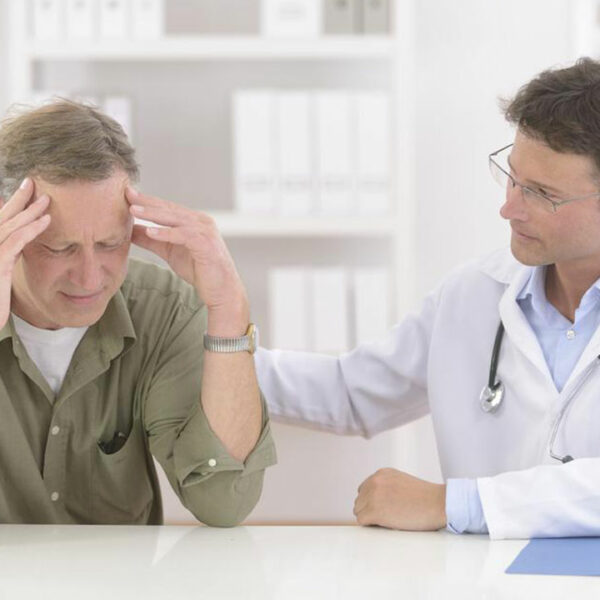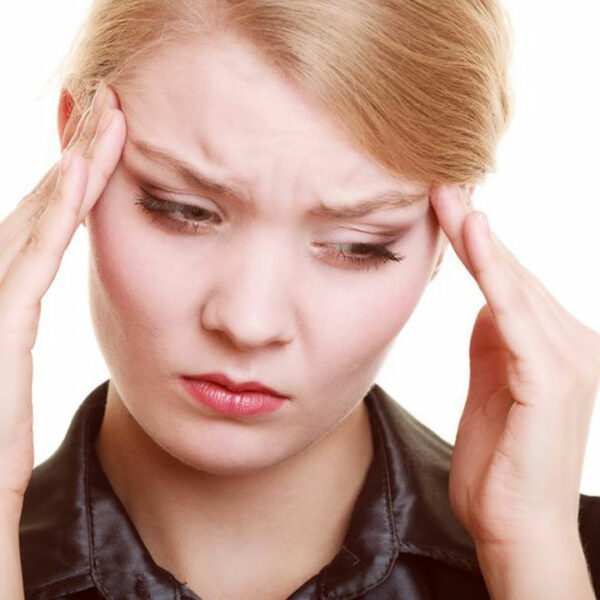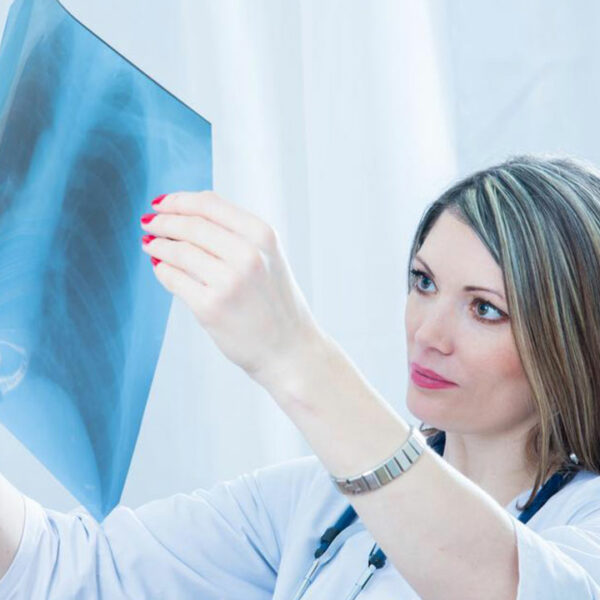
The Causes and Symptoms of Meningitis
Meningitis, a rare infection, affects the delicate membranes—known as meninges—that cover the brain and spinal cord. People of all ages are susceptible to catch it. There are several types of meningitis, details of which have been briefly explained below. The early causes of meningitis may imitate the cold virus (flu); therefore, it may be difficult to self-diagnose it at first. Indications may last more than a few hours or over a couple of days. Conceivable causes of meningitis in anybody more than the age of 2 includes: • Sudden high fever • Stiff neck • Severe cerebral pain that appears to be not quite the same as should be expected • A headache with sickness or retching • Confusion or trouble concentrating • Seizures • Sleepiness or trouble waking • Sensitivity to light • No hunger or thirst • Skin rash The causes of meningitis in infants: Babies and newborn children may show these causes of meningitis: • High fever • Constant crying • Excessive tiredness or touchiness • Inactivity or drowsiness • Poor bolstering • A swelling in the fontanel of an infant • Stiffness in a child’s body and neck When to see a specialist or doctor after experiencing the causes of meningitis?









